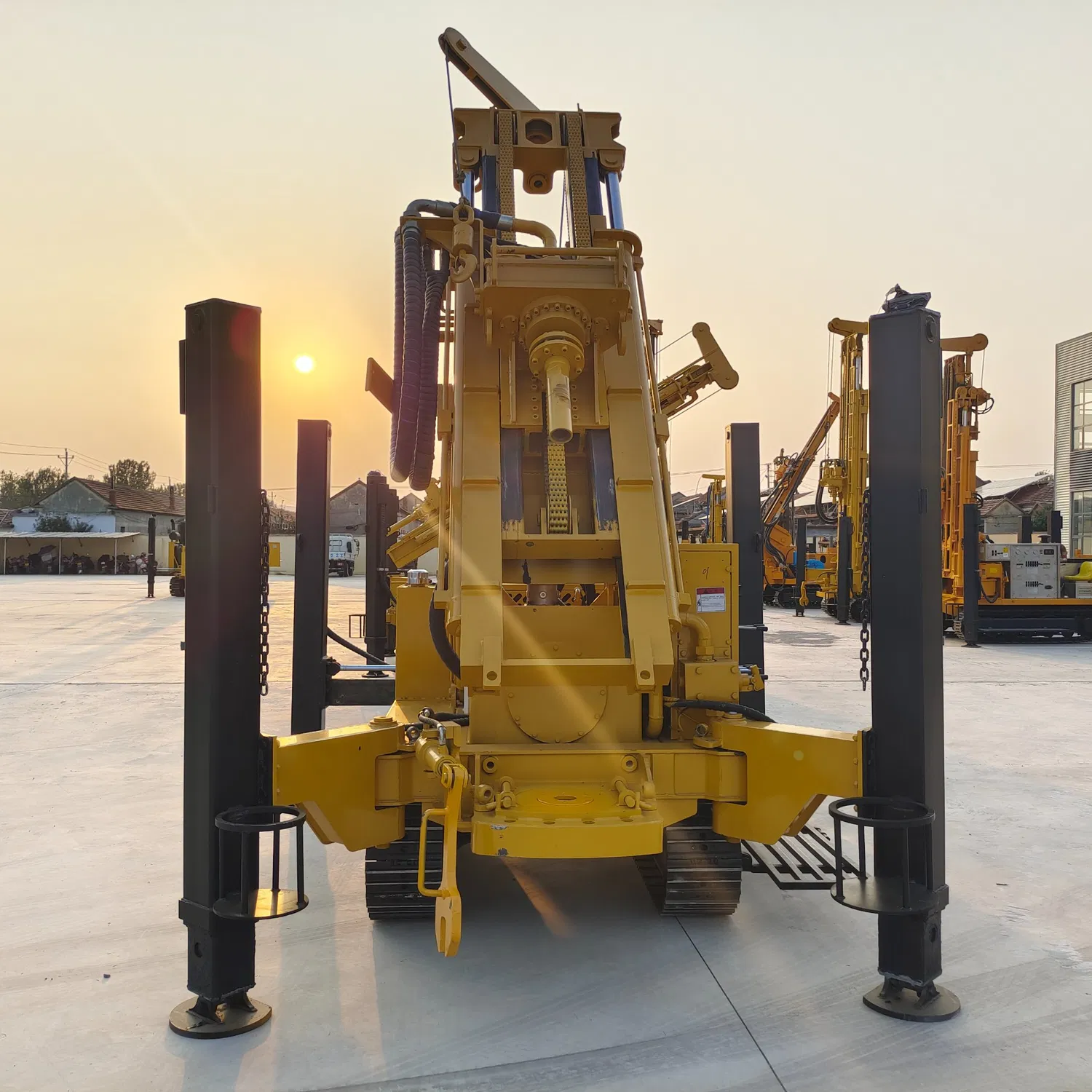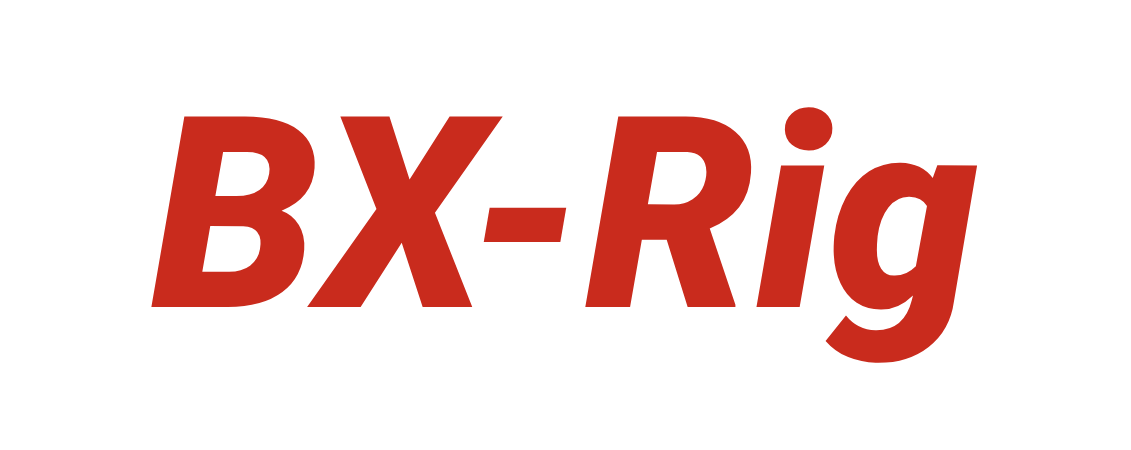The advancement of water well drilling equipment technology
Automation and precision controls: Modern rigs feature computerized systems that automate drilling processes, such as maintaining consistent torque, pressure, and rotation speed. This reduces human error and ensures uniform boreholes. Some rigs use GPS and sensors to track depth, angle, and geological conditions in real time, allowing operators to adjust drilling parameters instantly. Byvoorbeeld, automated “smart” rigs can detect when the bit hits hard rock and automatically increase torque, preventing damage and speeding up progress.
Improved drilling bits: Advanced materials like synthetic diamonds and tungsten carbide have replaced traditional steel bits, increasing durability and cutting efficiency. Diamond-impregnated bits grind through hard rock 30–50% faster than older models, reducing drilling time and fuel use. Bits are also designed for specific soils—e.g., self-sharpening bits for clay, or roller cone bits with variable tooth spacing for mixed rock.
Eco-friendly systems: New rigs prioritize sustainability. Closed-loop mud recycling systems filter and reuse drilling fluid, reducing water consumption by up to 70% and minimizing waste. Electric or hybrid rigs, powered by batteries or generators, lower emissions compared to diesel-only models—ideal for urban or environmentally sensitive areas. Low-noise designs, using sound-dampening materials and efficient engines, reduce noise pollution, making rigs suitable for residential neighborhoods.
Enhanced mobility: Compact, modular rigs are easier to transport and set up in tight spaces, such as urban lots or mountainous terrain. Some models feature foldable components or tracked undercarriages (instead of wheels) for better traction on rough ground. This versatility allows drillers to access remote areas that were previously unreachable.
Telematics and remote monitoring: Many rigs now include telematics systems that track performance data (fuel use, maintenance needs, drilling 进度) and send alerts to operators or managers via mobile apps. This allows for proactive maintenance—e.g., scheduling a part replacement before a breakdown—and improves fleet management for companies with multiple rigs. Remote diagnostics also let manufacturers troubleshoot issues without sending a technician to the site, reducing downtime.
These advancements have made drilling faster, more cost-effective, and less impactful on the environment, while expanding the range of projects rigs can handle. For both drillers and clients, modern rigs mean shorter project timelines, lower costs, and more reliable results.

 Bangxin-boortuig
Bangxin-boortuig